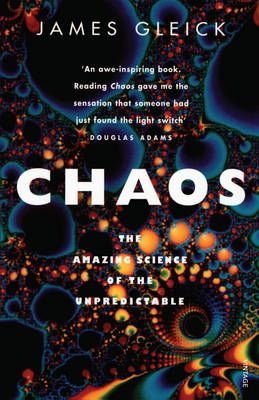

Its widespread allure, I believe, seems closely related to its figuration of new, uniquely electronic modes of “being-in-the-world,” and to its particular responsiveness to the crises of contemporary life that have given rise to the consciousness often associated with the “cultural logic of postmodernism.” 1 But chaos theory’s fans have tended to ignore certain crucial elements of its practice. Its computer-graphic representations appeal not only to mathematicians and natural scientists but also to visual artists and a broad segment of the lay public. IN RECENT YEARS, CHAOS theory-that new science of nonlinear dynamic systems-has captured the popular imagination.

Look for differences! You’re looking for similarities again. Hegel, Phenomenology of Spirit, 1807Įverything is similar if you’re willing to look that far out of focus. Essence is infinity as the supersession of all distinctions, the pure movement of axial rotation, its self-repose being an absolutely restless infinity.


 0 kommentar(er)
0 kommentar(er)
